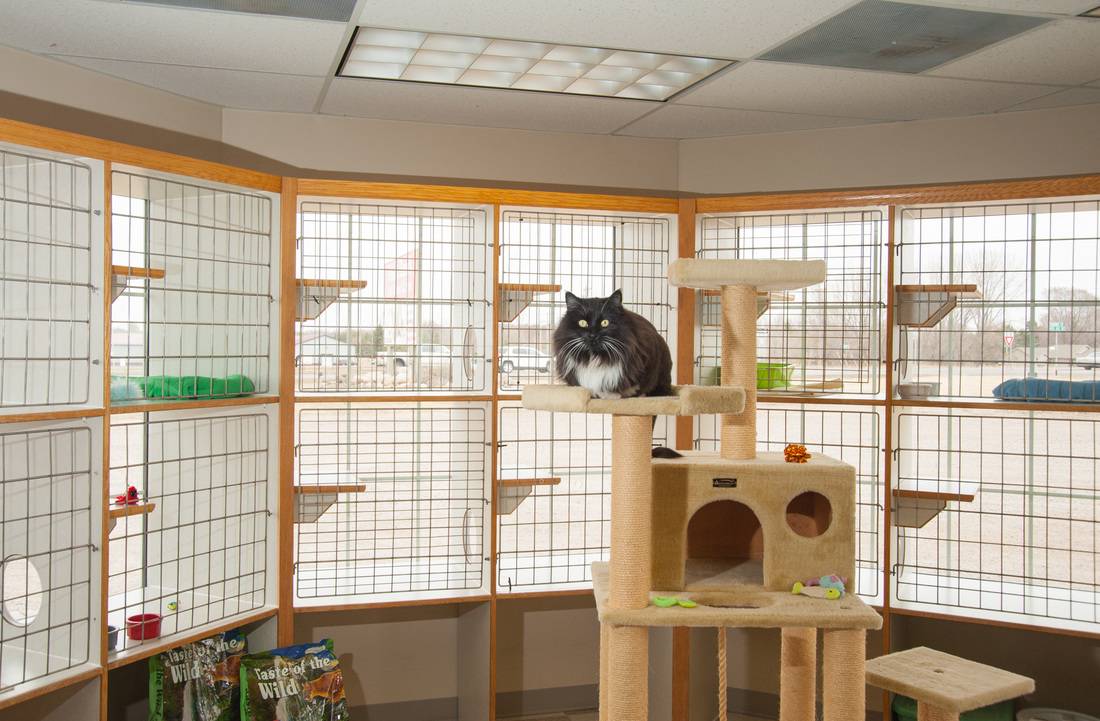A well-run daycare will be transparent about their policies and open to answering questions. They should also avoid using aversives or other dominance-based methods of training.
A good facility should be clean and smell fresh, and they should regularly sanitize their indoor space with products that are safe for dogs. They should also have double-door entry to prevent door dashing by Recommended Daycare For Pets.
1. Look for a Licensed Facility
While daycare may help retrain behaviors like barking, it is not a substitute for dog training. It can however provide a safe and fun environment for dogs who are happy around lots of people and other dogs.
A reputable facility will have a thorough system for evaluating dogs and their temperaments before they are allowed in the facility. This includes interviewing pet parents, performing a play test and taking notes. It should also have a system for managing conflict between dogs that might occur during play and ensuring all dogs are supervised at all times.
Ask if staff are certified in canine CPR and what training they have received in reading dog body language, how to manage dog play, how to break up or prevent fights and management tools for behavior issues such as resource guarding or hyperactivity. Some facilities have double doors to prevent door dashing or escapes by dogs and have fencing that is tall enough to prevent climbing and digging.
2. Check the Environment
Home based daycares should be dog-proofed and have a clean, safe environment. The space should be regularly cleaned and sanitized using products that are animal-safe. A good daycare will also be open and honest about your pet’s behavior that day. For example, they should be able to tell you whether your pet had an active interaction group or had down time, as well as what activity they enjoyed or didn’t enjoy.
Ask if the staff have had training from a knowledgeable animal behaviorist, as this will help them understand your pet’s social cues and play style. They should know that dogs are naturally crepuscular, and they should be able to provide your dog with areas for downtime throughout the day. In addition, they should have a plan for preventing illness and injury during group interaction.
3. Check the Staff
Look for staff who are friendly and approachable. Watch how they interact with dogs in their care (note: a good daycare will have structured playtimes and rest periods to help prevent dog fatigue). If they mention a veterinarian they use, ask about their process for administering medications to pets as needed.
Also pay attention to how many dogs the facility has on the premises. Make sure that number is appropriate to their staff-to-dog ratio, and that they have a strategy for separating high-energy dogs from low-energy dogs for safety reasons.
Note whether they have a safe, outdoor play area. Look for a well-fenced property that is adequately sized for the number of dogs that are there. Look for signs of proper maintenance, and that their play areas have enough toys, agility equipment and other fun things for the dogs to enjoy. If a daycare doesn’t have these items, it could be an indication of poor oversight and/or limited staffing.
4. Check the Fees
A high price tag can make potential clients wary of your business. Be sure to conduct market research to determine a fair price for your services and justify any increases with enhanced service offerings. Also, offering membership or loyalty programs can help to retain recurring customers.
It’s important that you have a good daycare staff-to-dog ratio. This ensures safe and polite play between dogs, especially during the more rambunctious activities. It can also be helpful if your daycare providers have training in de-escalating dog fights and teaching basic obedience skills to keep your pup safe.
Finally, you should check the facility or home for cleanliness, proper fencing, and minimal odors. It would be best if you could take a tour of the premises and see it for yourself. This will ease your concerns and you will be able to make the best decision for your pet. Moreover, you should check their safety precautions and whether they have ventilation systems in place to prevent respiratory illnesses.
